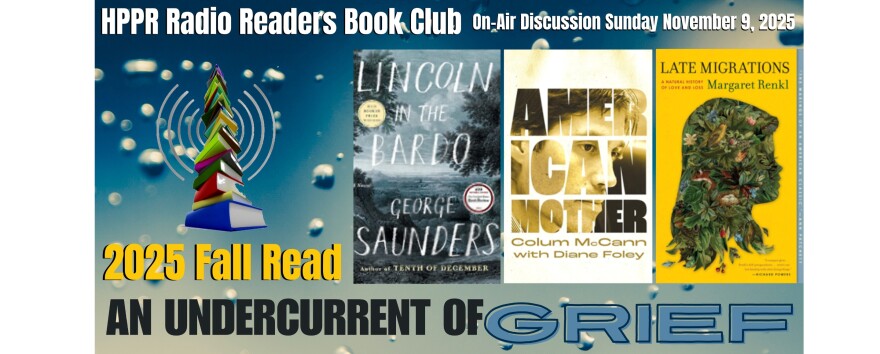Hello. My name is Cheryl Berzanskis and I’m from Amarillo.
First let me tell you how I got to this Spring Radio Readers BookByte selection and why I think it is important. I am a member of a statewide group called Texas Master Naturalists, a function of Texas Parks and Wildlife. As Master Naturalist volunteers we learn about the creation that is Texas and water resource conservation is a prized part of our training.
What I learned is that much of the water used for agriculture comes from the underground Ogallala aquifer, which spreads under eight states and covers some 176,000 square miles. And most importantly, when the aquifer declines, recharging it is a slow go if it’s possible at all due to its structure.
Which brings us to our spring selection: Running Out: In Search of Water on the High Plains by University of Oklahoma anthropology professor Lucas Bessire. This 248-page book was published in 2021 by Princeton University Press. This book is not thick but it is dense. Part memoire, part scientific discussion with doses of history, public policy, and political philosophy I found it a book I had to read slowly to digest.
Bessire is more than qualified to talk to you about water, agriculture practices and what running out means on the High Plains. In addition to his academic bona fides, he is a fifth generation Kansan -- a guy whose family pumped that water right outta the ground in pursuit of the American Dream. When Bessire’s great-grandfather settled near Hugoton, he found a robust Cimarron River and reliably bubbling Wagonbed Springs.
Three generations later in 2016, what did Bessire find? A sandy riverbed and the springs memorialized with a pink granite marker and an ill proportioned bison cutout.
This is how our journey through Running Out begins. Bessire teaches us through the lens of his family’s history, how they farmed and what his forebears believed about the land. He also introduces us to the people of southwest Kansas. Some shrug at the notion of water conservation while another spent more than a million dollars to preserve his livelihood and the aquifer.
He describes what came before, the destruction of the great bison herds, the farmers who grew wheat until terrible drought parched the land into the Dust Bowl. Add in lending practices, crop insurance requirements, growth of agri-business, absentee landowners and changing attitudes toward community.
What results is conflation of water use with agricultural prosperity. In the afterword, Bessire writes, “We know that practical alternatives to depletion abound. They lie on collective ground. The choice is ours to make. Time to do so is running out. If we fail to act, an emptied aquifer will change our lives for us.”
As I prepared this BookByte in December, I read some good news. Kansas did make a choice earlier this year. Bipartisan legislation empowered the state to hold groundwater management districts accountable for conservation efforts and provided funding to help. Officials are optimistic aquifer decline will slow and preserve the life liquid of the Plains.
For the spring Radio Readers Book Club on High Plains Public Radio, this has been Cheryl Berzanskis.










